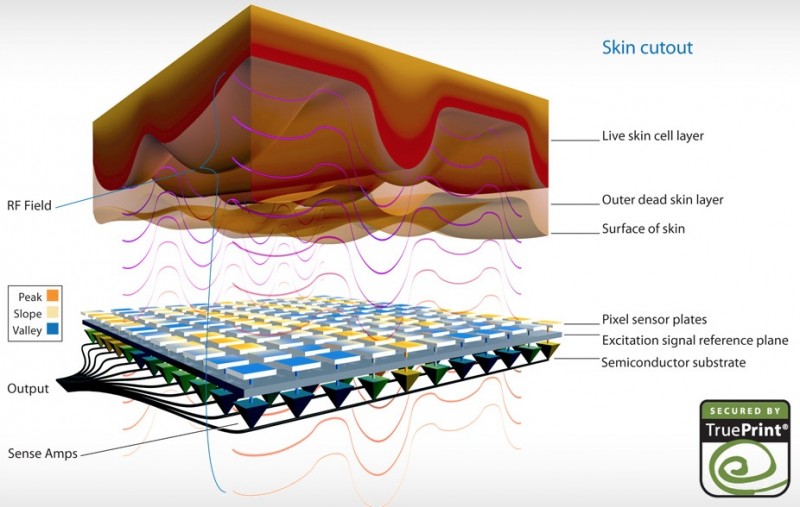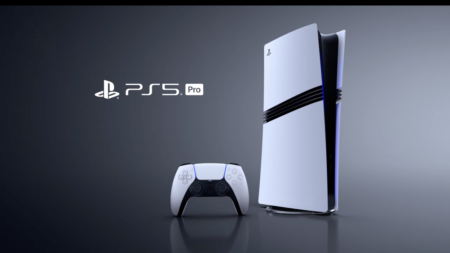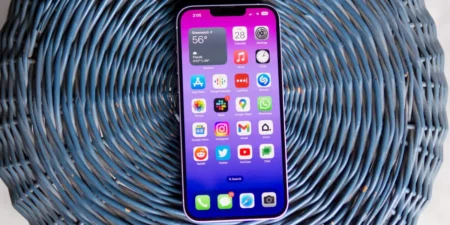With the recent report suggesting that Apple will host an event on September 10th to unveil the iPhone 5S, and their budget iPhone 5C, more interesting news about the iPhone 5S has surfaced. According to a new note by KGI Securities analyst Ming-Chi Kuo, who has a very good track record when it comes to news about Apple, the analyst says that the Cupertino giant will use a convex-type shape in the home button in order to fit the fingerprint sensor in the iPhone 5S. On top of that, the company will top it off with sapphire to give the sensor more protection.
Using a convex shape will allow Apple enough room to fit the fingerprint sensor under the home button. Up until now, we have seen the iPhone hosting a concave-shaped home button, however, with the iPhone 5S, that may change.
Last year, Apple purchased AuthenTec, a biometric security firm that utilizes leading-edge capacitive and RF technologies in its chips, with a method that images fingerprints differently than current optics-based systems. This will significantly give Apple an edge over its competitors. This will also be much harder for Apple’s competitors to replicate into their own devices, as well as there’s less of a chance of this technology getting damaged with in the iPhone 5S.
Here’s some more information from MacRumors:
“Convex home button creates space for fingerprint sensor; yield to improve. We think that a fingerprint sensor will be placed under the home button of iPhone 5S. However, assembling it could be difficult as the space under home button is limited as it already has to accommodate the Lightning connector, speaker and microphone. Thus, we think the shape of the home button could be changed from concave to convex to create more space for a fingerprint sensor.
Sapphire prevents home button from being scratched. A convex home button could be more easily scratched, so a harder material is required. We believe Apple will switch from plastic to sapphire, whose hardness is second only to diamond. Sapphire would protect the home button from being scratched and the fingerprint sensor from being damaged.”
We have also seen fingerprint authentication references in iOS 7 already, leading us to believe that Apple will indeed host a fingerprint sensor with in the iPhone. The new iPhone will host an upgraded processor, maybe a variant of the A7 chip, improved camera with dual-LED flash, perhaps more RAM in the device, and some more upgrade.
What do you think?





